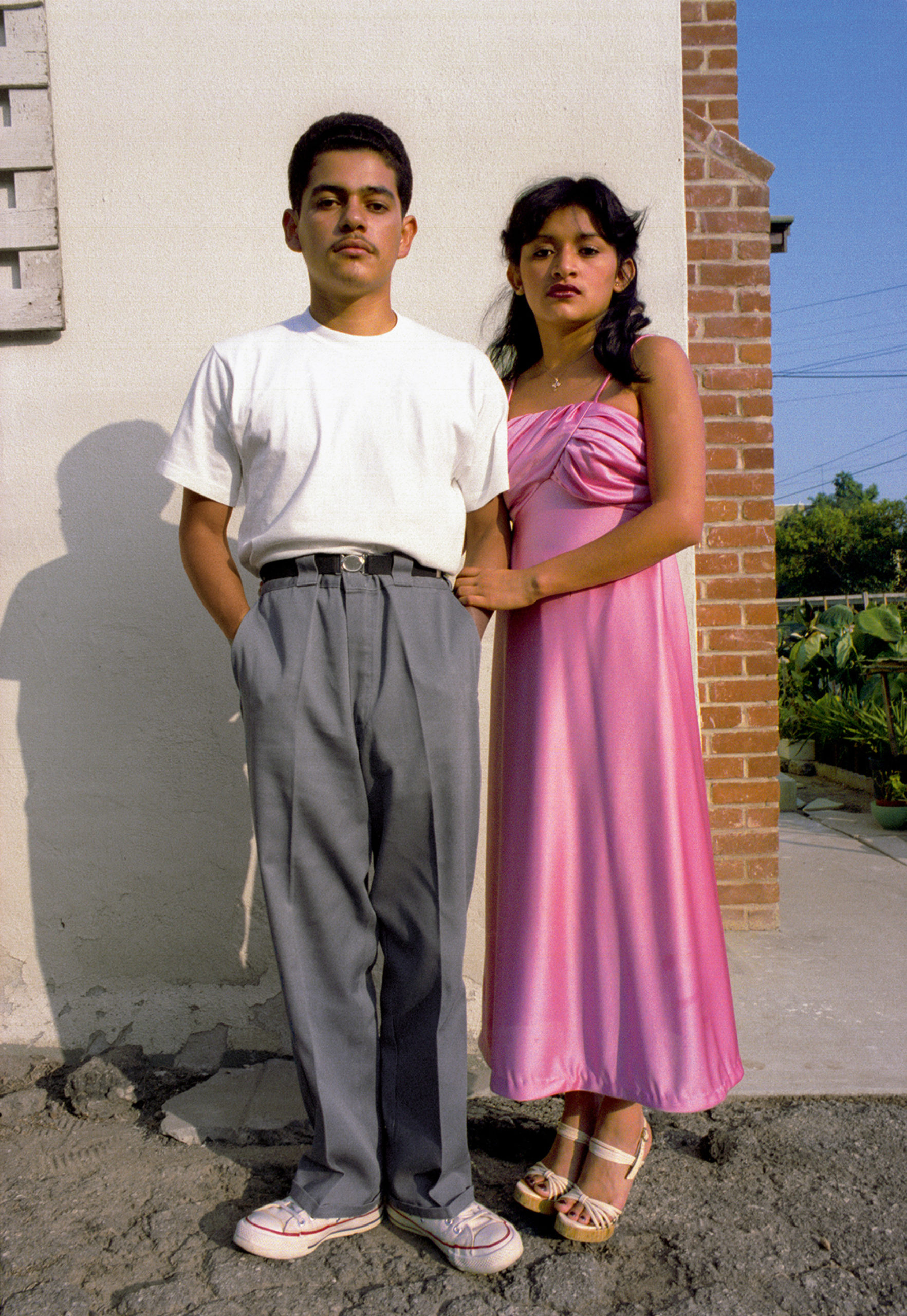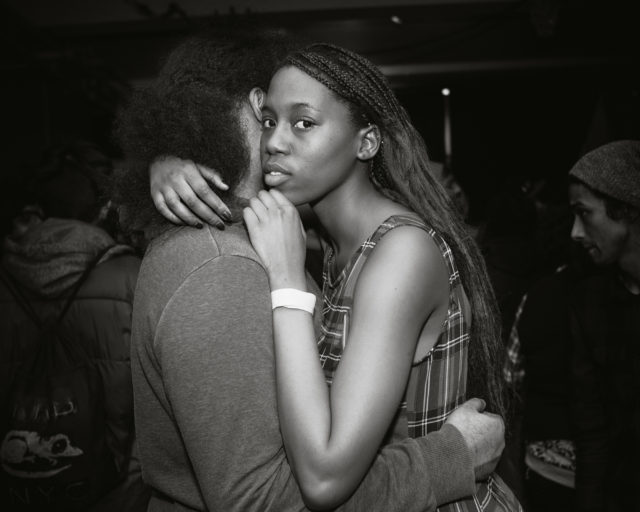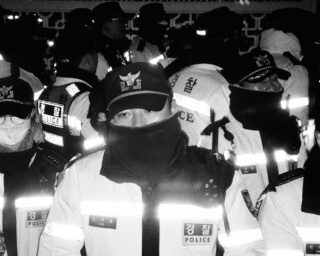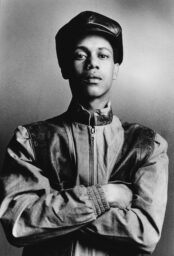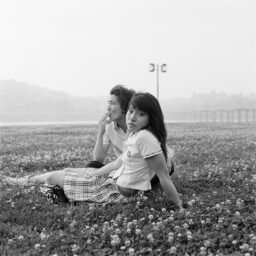John Valadez, Couple Balam, 1978
Courtesy the artist
On the hot and humid afternoon of May 10, 1974, in Dallas, Texas, my mother, Dolores, known to everyone as Lollie, visited with my great-grandfather Juan Sosa, who went by the anglicized name of John. My mother brought John his lunch as he lay bedridden from illness and age. She told him that she was pregnant and going to have a daughter. He cried, perhaps realizing he would never see the baby, and with tears in his eyes said, “How wonderful, mija.” She left the room, and when she returned shortly after to pick up his tray, he had passed away. I was born four months later. Although I never knew John, I always liked to imagine his last encounter with my mother and felt connected to him through that story.

Courtesy of Evelyn Aguirre and Dolores Cuello Tompkins
When I was invited to guest edit this issue on Latinx photography, the first pictures that came to my mind were not the many artworks and documentary images that I have had the fortune of working with as a curator, but rather the personal photographs that have helped me piece together the story of my family’s history as Latinos in the United States. One is an image of John, whose photograph appeared in the local paper when he saved a family from a burning building during his route as a bicycle messenger for Western Union. John was born in 1899 in the Comanche territory of Oklahoma, before it was a state.
His ancestry was both Mexican mestizo and Indigenous to the Comanchería. He and his family made their way to Dallas after the turn of the century; John served in both World War I and World War II and made his living as a hotel cook.
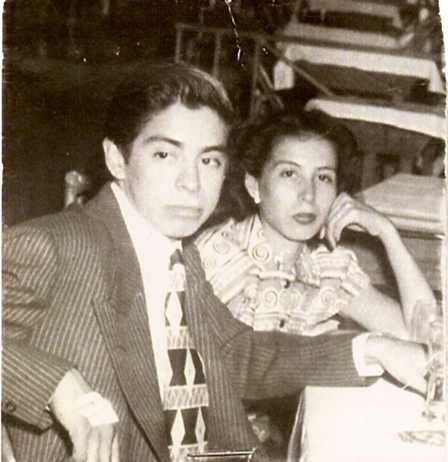
Courtesy of Evelyn Aguirre and Dolores Cuello Tompkins
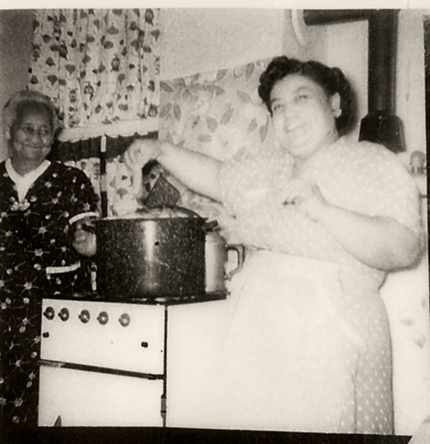
Other family photographs that came to my mind are images of my grandfather Ricardo Cuello and his brothers in military uniform, as all of them served in World War II and the Korean War. I thought of a photograph printed on a matchbook from a nightclub called Pappy’s Showland of my grandparents Ricardo and Consuelo, known as Chelo, from the 1940s, when they were still teenagers but newly married, their hair piled up in pompadours and their clothes in keeping with the pachuco style they always wore. And I remembered all of the photographs of my extended family shown cramped into small homes, laughing, smiling, and celebrating birthdays and holidays, especially the big tamaladas at Christmas that doubled as yearly family reunions.
The photographers in this issue bring visibility to Latinx experiences—from politics to families and communities, from youth and counterculture to spaces of intersectional identity and expression.
These are, of course, family photographs. But, perhaps, we might think of them as part of a larger history of vernacular Latinx photography—a national project yet to be undertaken within our annals of historicizing the American experience. The countless personal photographs of the more than sixty million Latinx people in the United States today craft the familial origin stories of how we came to be constituents of this country. They are records of our presence that collectively chart the paths and routes of Latinx people—from those whom the border crossed generations ago to those who cross the border today.
The journey is one of negotiating between two cultural worlds that stretch one’s identity across transnational histories, customs, value systems, and languages. Often, this journey is one that rides the edge of visibility. We are frequently the people who live in the background—the laborers who toil in the sun and the kitchens, the heroes and heroines whose legacies you don’t know, the families whose lives are disregarded in movies and on television, the artists whose work you are unfamiliar with, the young people in urban centers across the country who remix fashion, music, and style into hybridized subcultures, and the invisible children who are trapped, alone and afraid, in the migrant detention centers of our borderlands. We are the people who live amid the collective Latinx fight for social, political, and economic justice in the United States.

Courtesy the Shades of L.A. Collection/Los Angeles Public Library
There is no single story to tell about Latinx people. While rooted in the commonalities of heritage, transnational histories, and lived experiences, Latinx communities are heterogeneous, with shared yet pluralistic identities. This complexity can make it hard to picture Latinx culture. Despite the richness and nuance of Latinx visual production, images of Latinxs in mainstream US culture and media are few and far between. Latinxs, while being a part of the fabric of the United States since its inception, and ubiquitous in urban centers and rural areas alike, are often rendered largely invisible through ongoing systems of erasure, exclusion, and disenfranchisement.
Yet Latinxs in the United States are the largest ethnic group in the country—made up of people of all races, classes, and gender expressions. Our family histories are tied generationally to the land the US occupies, or are linked to multiple waves and periods of immigration to this country, often prompted by the destabilization brought on by imperialistic US military and economic intervention into Latin American countries. Latinx experiences are intersectional and integral to our understanding of the complexities of the populations in the United States and the American hemisphere. It is important to know that there are more people of Latin American descent in the United States than in any individual country in Latin America, with the exception of Brazil and Mexico. Equally significant is the fact that Latinxs will represent 30 percent of the US population by 2030. While Latinx people are critically important to comprehending the past, present, and future of the United States, we are not well represented within the nation’s cultural, historical, and political landscapes. The photography of, by, and about Latinx people has not been widely circulated, nor has it been widely published, collected, or preserved. A deep lack of visibility for this multifaceted community persists.
My hope is that this issue of Aperture provides an opportunity for discovery. Photography from the nineteenth century to 2021 presents a push-pull of image making across a spectrum of history and futurity. The photographers in this issue bring visibility to Latinx experiences—from politics and bifurcated nationalisms to families and communities, from youth and counterculture to spaces of intersectional identity and expression. Collectively, their images cast a greater net for the multiple ways of seeing Latinx people, creating a visual archive whose edges are yet to be defined. As the canons of art and history must be pushed to meet the world we live in, so too must the systems that support its visual documentation—from academia, to museums, to the market, and beyond.
The diverse forms of Latinx image and culture making that have unfolded across the expanse of the nineteenth century through the twenty-first are, indeed, vast. While a consistent return to the familiar topics of borders, migration, and identity remains pertinent and germane, the photographers and artists in this issue take a broader perspective on the Latinx archive across time. Their work addresses dialogues relevant to the processes of visibility and belonging that are not fixed but ever evolving. We glimpse archival images that speak to a range of Latinx histories, contextualize documentation from watershed social and artistic movements, trace lineages of photographers making space for queer and gendered bodies, and advance critical work signposting the medium of photography within the larger field of Latinx art. This issue also explores the world through portfolios of contemporary photography that shed light on social spaces—from intimate portrayals of home and family to the collective experiences of the streets and nightlife—as well as on the in-betweenness, or nepantla, of transnational, multiracial, and postcolonial positionalities.
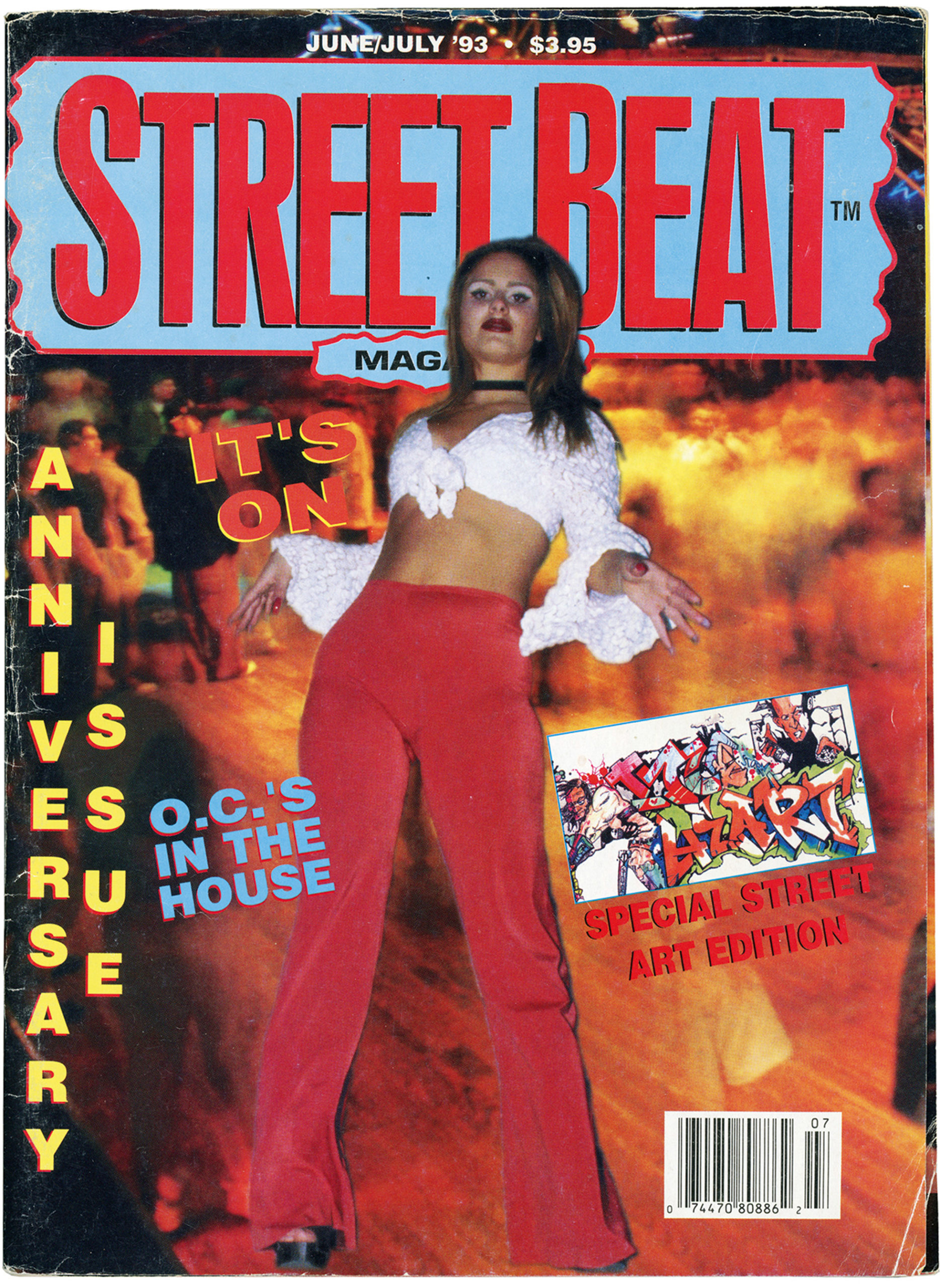
Collection of Guadalupe Rosales
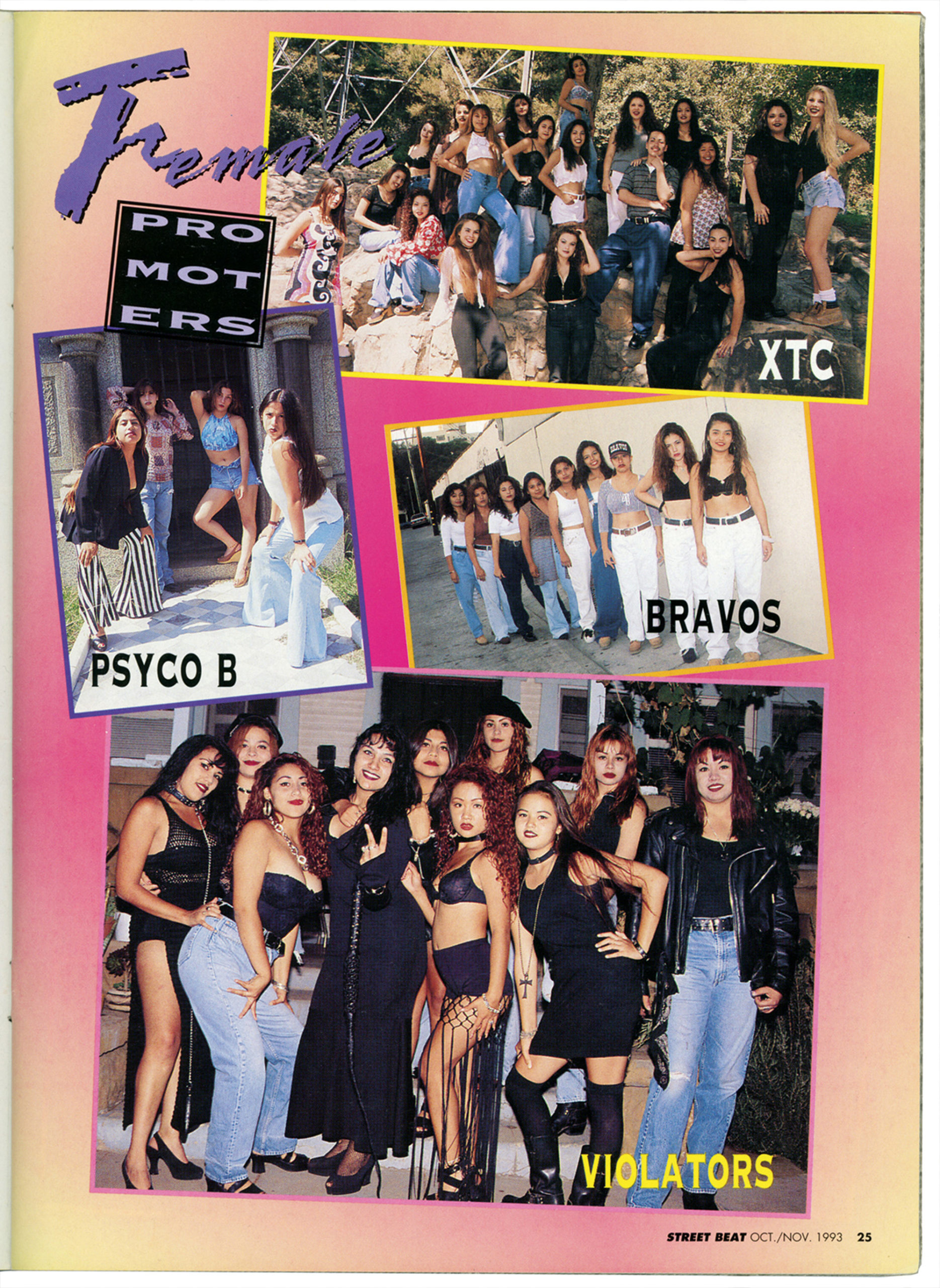
Here, we merely scratch the surface of a field that calls out for deeper work. I yearn to know more of what the Latinx photographic archive encompasses. What might emerge when we pull back with a wide lens to mine historical images from the earliest periods of US colonization of Latin American sovereign lands, yielding the first Latinx peoples? I want to see photographs of the poet and nationalist leader José Martí rallying Florida cigar workers in support of Cuban independence in the 1890s alongside images of the labor leader Dolores Huerta organizing farmworkers in California from the 1950s to today. I want to posit images of Pedro Albizu Campos in resistance to the US government and industrial monopolies in Puerto Rico in the same breath as the Flores Magón brothers strategizing the Mexican Revolution and fighting US corporate land grabs in Mexico while living in Los Angeles.
How may we expand our understanding of US history by recognizing and elevating these stories of resistance orchestrated from within our borders? What might we learn about Latinx culture when we can look at it across the span of more than one hundred years? What continuums emerge when we see images of young people styling their own personas—from the self-aware studio portraits of the outlawed Californio Tiburcio Vásquez in the 1800s, to the urban portraits of street-fashioned, 1940s pachucos and pachucas, to the cholos and cholas captured by John Valadez’s 1970s lens, to the work of the artist Guadalupe Rosales striving to recover a visual archive of Southern California Latinx youth culture in the 1990s? How may we understand the power of image making when we see young Latinxs rendering themselves visible through dress, style, self-possession, and acts of personal agency?
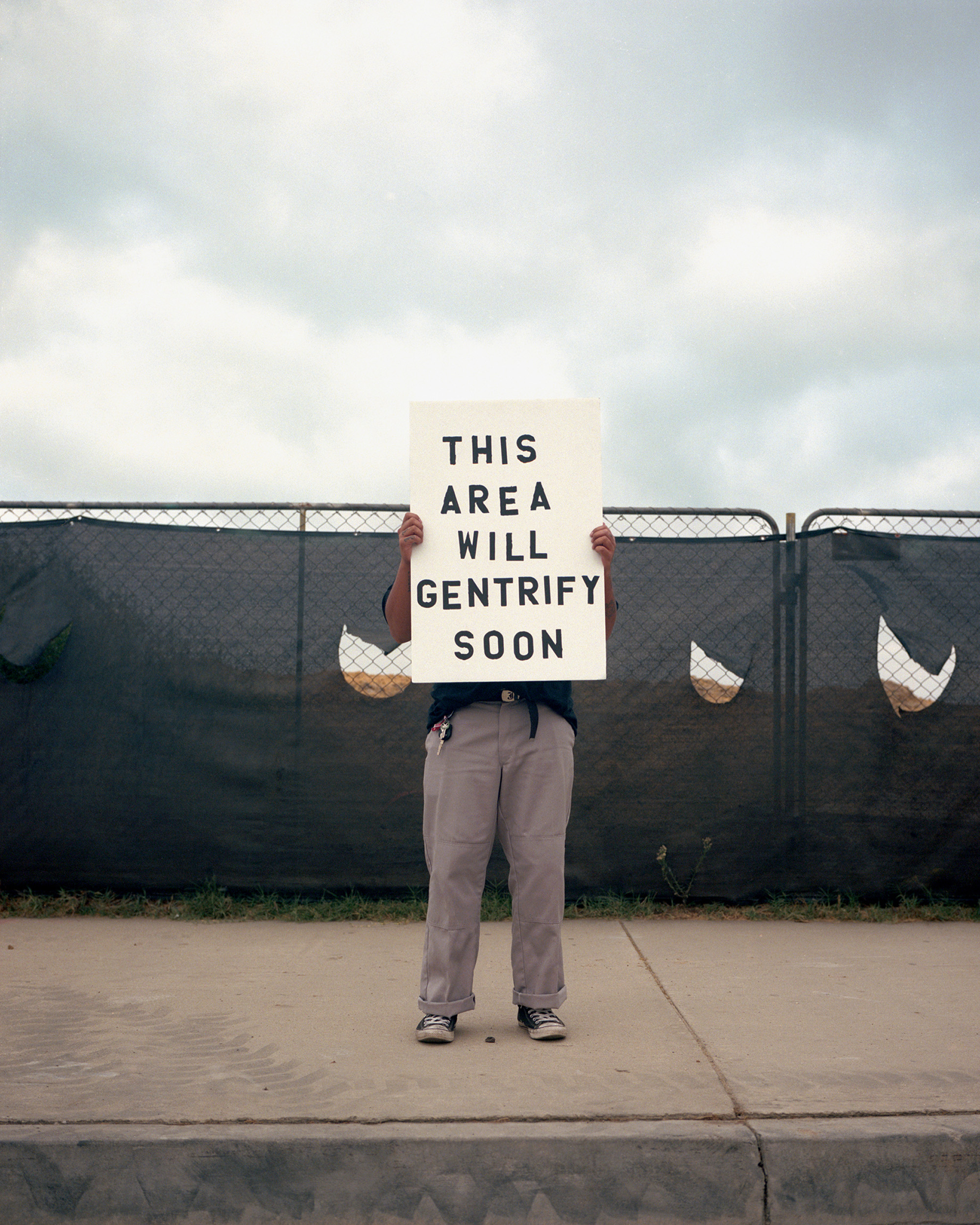
Courtesy the artist
When we visually name and mark forms of cultural erasure such as gentrification—a process that displaced my family not once, but twice from their historic Mexican American communities in Dallas—in the way that William Camargo’s images do, can we halt the expunging of our presence and narratives? I would have liked to have known such images when I was growing up, and to have felt their influence on my nascent sense of self.
For me, the Latinx journey is not only a process of visibility but also a process of belonging. The stinging instances that serve to remind me of that continue even today, but I will never forget one of the first times that I became aware of such attitudes. When I was about eight years old, the father of an Anglo friend of mine, on learning about my family, said to me, “You’re Spanish? All wetbacks should go back to Mexico.” I didn’t understand what he meant, but I knew his words were intended to hurt. I asked my mother, and our conversation went something like this:
“Are we from Spain?”
“No.”
“What is a wetback?”
“It’s a bad word to say that people like us swam across the Rio Grande to get here.”
“Did we swim across the Rio Grande?”
“No.”
“Will they make us go back to Mexico?”
“I don’t know.”
“Are we from Mexico?”
“Not really. We are from here, but our family is from there.”
“Do we still have family in Mexico?”
“No.”
“What would happen if they made us go to Mexico?”
“I don’t know. I don’t think that will happen, but it has happened before. But you are American, you belong here.”
While that encounter was almost forty years ago, I rarely forget that the place where I belong is embedded within a continual process of belonging. The more images I come to know of the Latinx experience—from among our monumental archive— the greater that space for belonging becomes.
This article originally appeared in Aperture, issue 245, “Latinx,” under the title “You Belong Here.”










